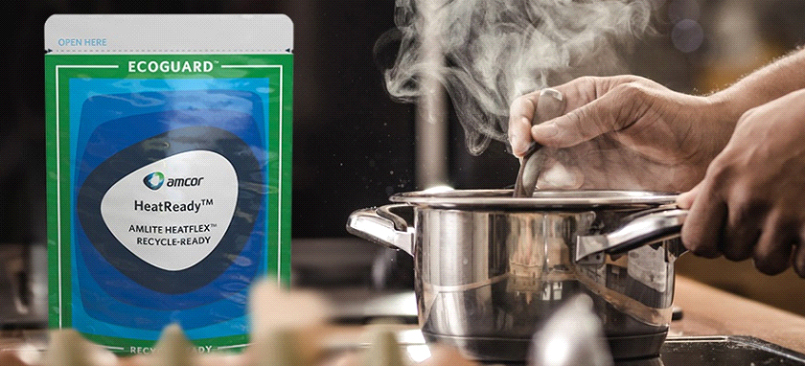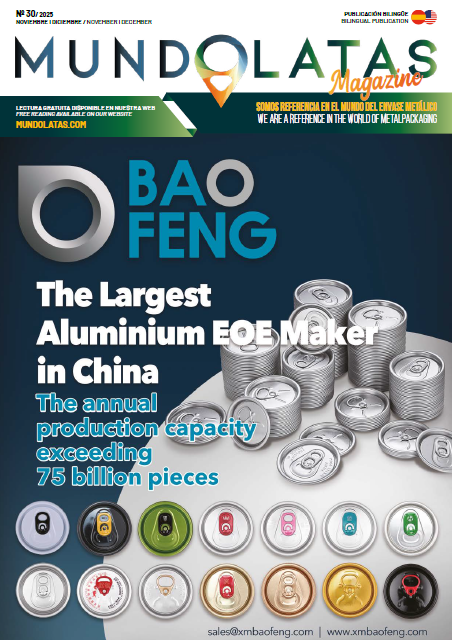Amcor has made public its plan for decarbonization that will help reduce its greenhouse gas emissions, focusing on key areas such as increasing the use of recycled content and product redesign, according to a company statement.
The company is focusing on reducing Scope 3 emissions, which include purchased goods and services, waste generated in operations, end-of-life treatment and more, in part by redesigning packaging to weigh less, use fewer materials, incorporate lower carbon footprint materials and ensure protective qualities. “Raw materials comprise the majority of Amcor’s Scope 3 emissions. These materials include resins, fibers, aluminum and a variety of inks and other additives we use in production,”the action plan states.
Their near-term targets were validated by the Science Based Targets initiative in January 2024.
They cover the period between a base year of 2022 and a target year of 2033.
Amcor aims to reduce absolute Scope 1 and 2 greenhouse gas emissions by 54.6% and reduce absolute Scope 3 greenhouse gas emissions by 32.5%.
Meanwhile, its long-term targets “are currently under review” and the company anticipates approval in the second half of this year.
Amcor ultimately seeks net zero emissions by 2050
Interim CEO Peter Konieczny has claimed that the company has reduced greenhouse gas emissions intensity by 40% since the 2006 baseline.
In its most recent 2023 sustainability report, Amcor’s Scope 1 emissions were more than 463,000 metric tons of CO2e, Scope 2 emissions were approximately 1.34 million and Scope 3 emissions were 8.78 million.
Amcor has added that a key strategy in reducing Scope 3 emissions is to replace virgin resin with mechanically recycled resins.
The company has also expressed confidence in achieving the goal of using 30% recycled plastics and metals across its portfolio by 2030, a target it set in 2019.











